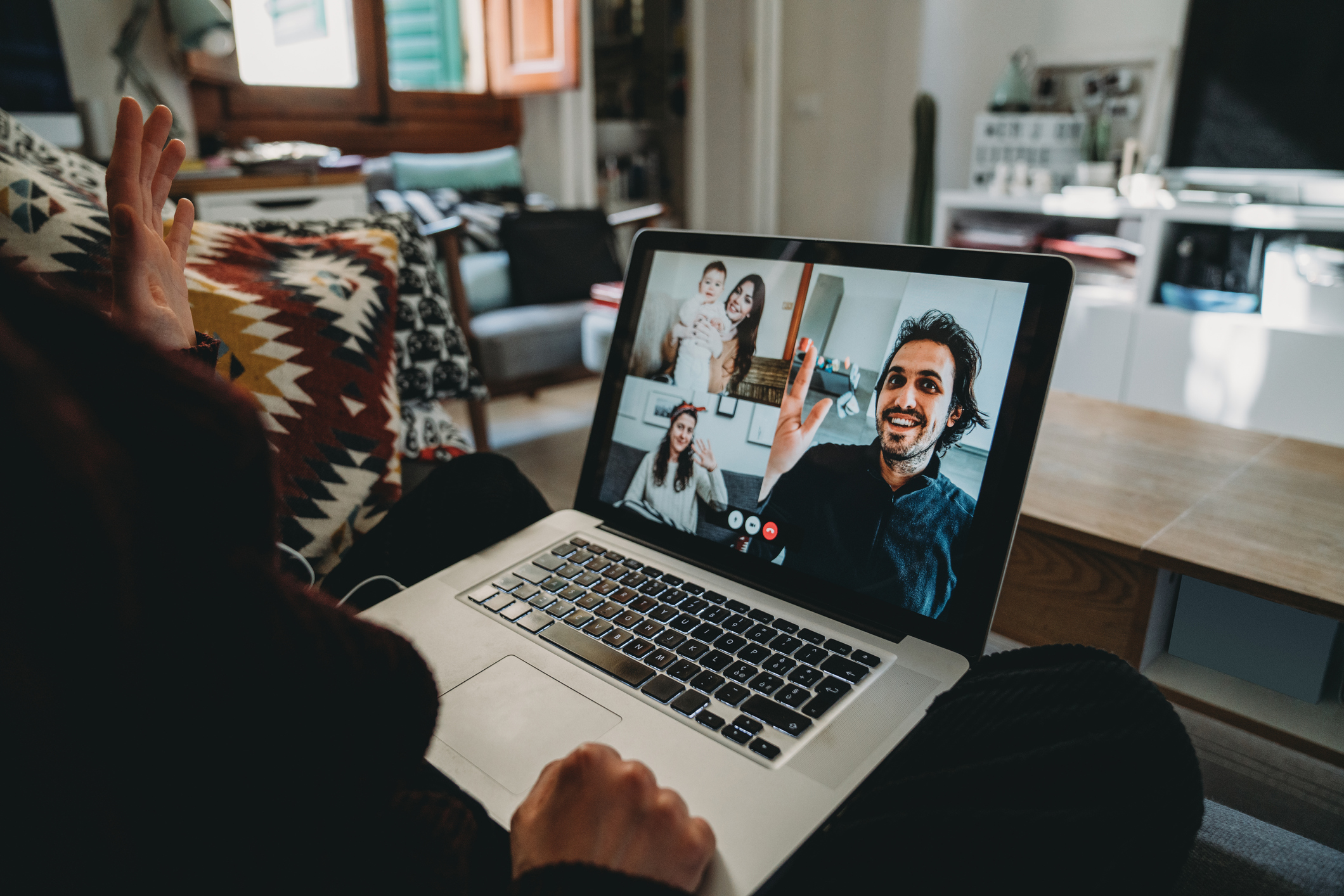Well before the COVID-19 pandemic, there had been growing attention to a phenomenon experts call the “loneliness epidemic.” It’s based on an emerging body of research suggesting that despite advances in technology, people feel more isolated and alone than ever before.
For example, a study released in January found that more than 60 percent of Americans feel alone and lack meaningful connection. This is both a societal and public health concern, as loneliness has been shown to negatively impact both mental and physical health, and even life expectancy.
When COVID-19 hit, I worried the public health measures enacted to fight the virus would fuel the loneliness epidemic to disastrous levels. Social distancing and self-isolation are meant to keep us healthy by keeping us apart, preventing us from maintaining relationships in the ways most familiar to us.
As the virus spread and lockdowns ensued, I endeavored to gain a better sense of whether the pandemic was magnifying feelings of loneliness, and how it might be changing the way people seek out emotional support.
My team at HearMe conducted a national survey to explore these questions, and what we found may surprise you.
Younger age groups feel more isolated than older ones
Our survey found that more than half of young people (ages 18-24) felt less connected to others as a result of social distancing. In fact, there was a direct positive correlation between age and how supported people felt. The older the age group, the more satisfied they were with the level of emotional support they received.
Not only do young people feel less connected, they find less meaning and fulfillment in their connections than other age groups. Whereas older adults have had practice building and navigating relationships, young people, having grown up behind screens, find themselves unable to form authentic and meaningful relationships without constant connection. Our findings imply this has only been intensified during the pandemic.
Some technologies drive more authentic connection than others
People are relying on a variety of methods to stay in touch with friends, family and coworkers—from video conferencing to phone calls—but text messaging and social media are the most popular.
However, respondents to the survey felt most satisfied with the level of emotional support they receive through texting, and least satisfied with social media, which failed to provide the authentic, rewarding connection people crave when isolated.
This suggests that people are choosing text and social media over other methods because it is what they are most comfortable using. However, texting provides an easier place to be open and honest with each other, especially when it is a one-on-one conversation. Social media, on the other hand, is based on more shallow interactions where vulnerability—the key to emotional connection—is harder to express.
People are finding social connection through creative methods
Conventional wisdom suggests that social distancing would limit social connection, but our findings indicate the pandemic is bringing people together in unexpected ways. In fact, we found that nearly two-thirds of people between the ages 35-54 and more than half of people over 54 felt as connected or more connected than before lockdowns went into effect.
Isolation has inspired people to reconnect with family they’ve fallen out of touch with and to form stronger bonds with existing circles of friends. It has also paved the way for building new relationships, often through innovations in technology. People are organizing neighborhood hangouts on smartphones, going on virtual dates and building communities through gaming, online book clubs and exercise classes.
The COVID-19 pandemic has shone a spotlight on our vulnerability to loneliness, and the danger it poses to our health and wellbeing. But it has also revealed the power of shared experience in overcoming crisis, and that distance and separation cannot stop us from supporting each other.
Once it’s safe for restrictions to ease, I’m excited for parts of our lives to start returning to normal. But I also hope we hold onto some of what’s changed – particularly the urgency we feel to stay connected. We can all play a part in helping each other feel less alone.


